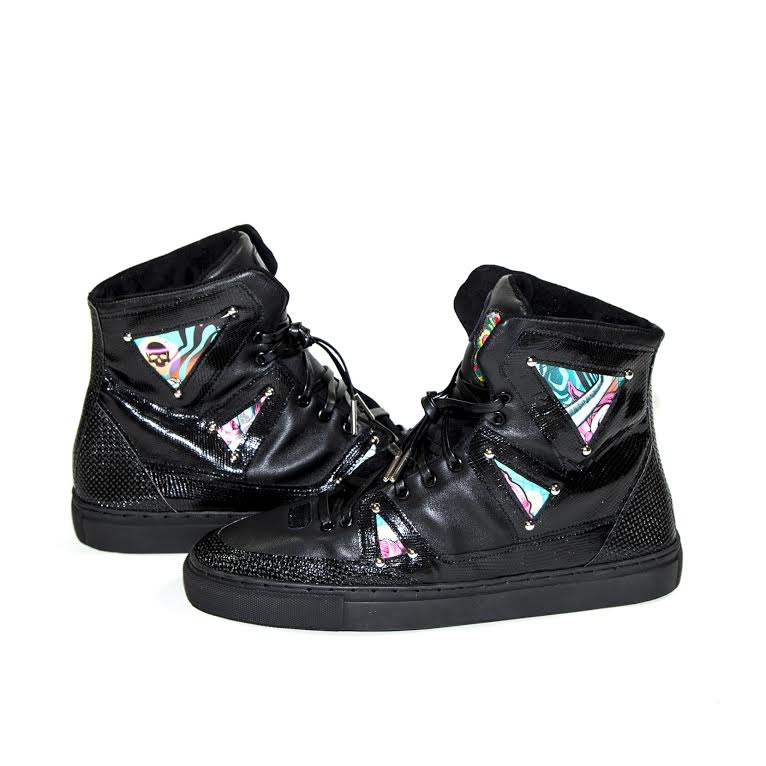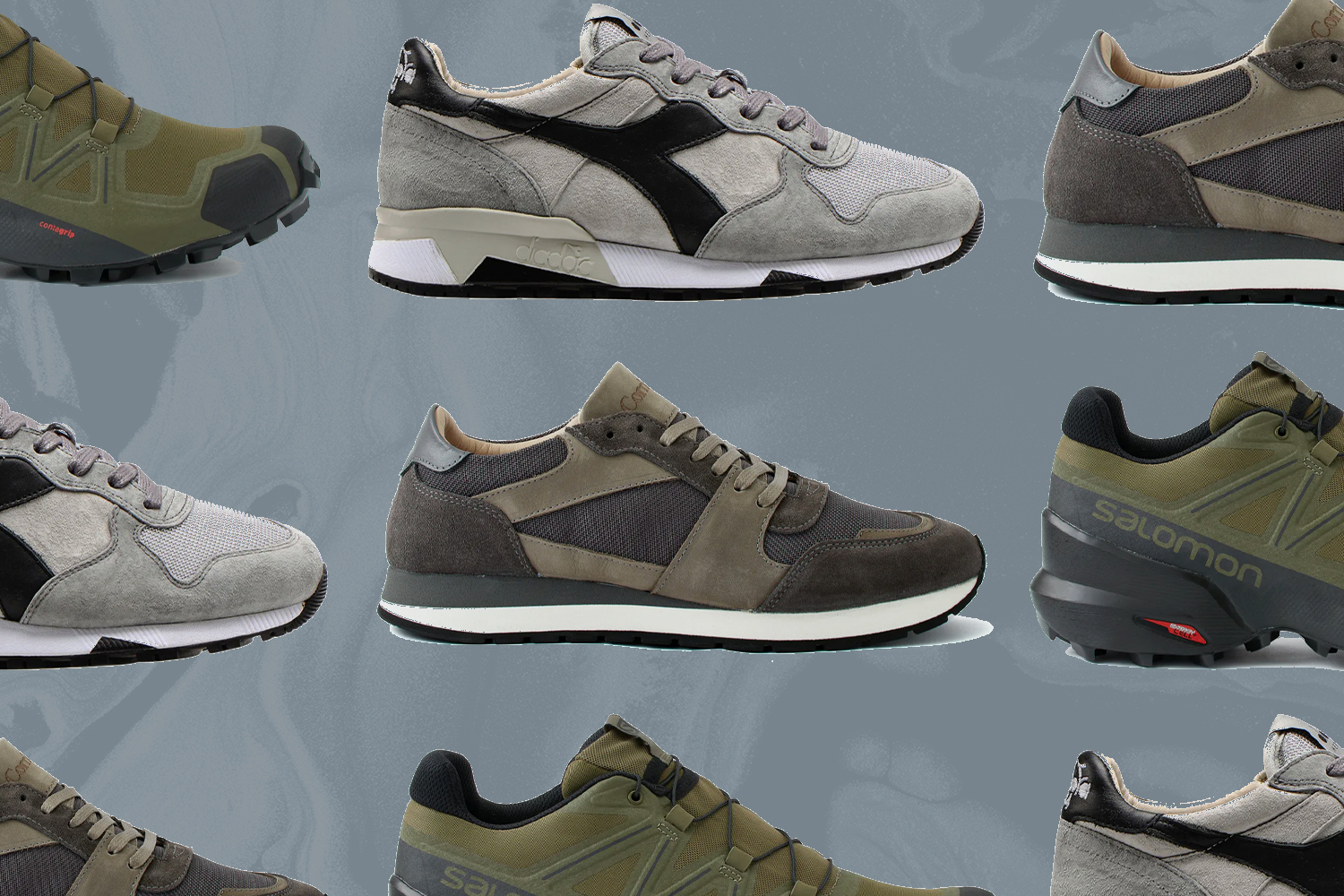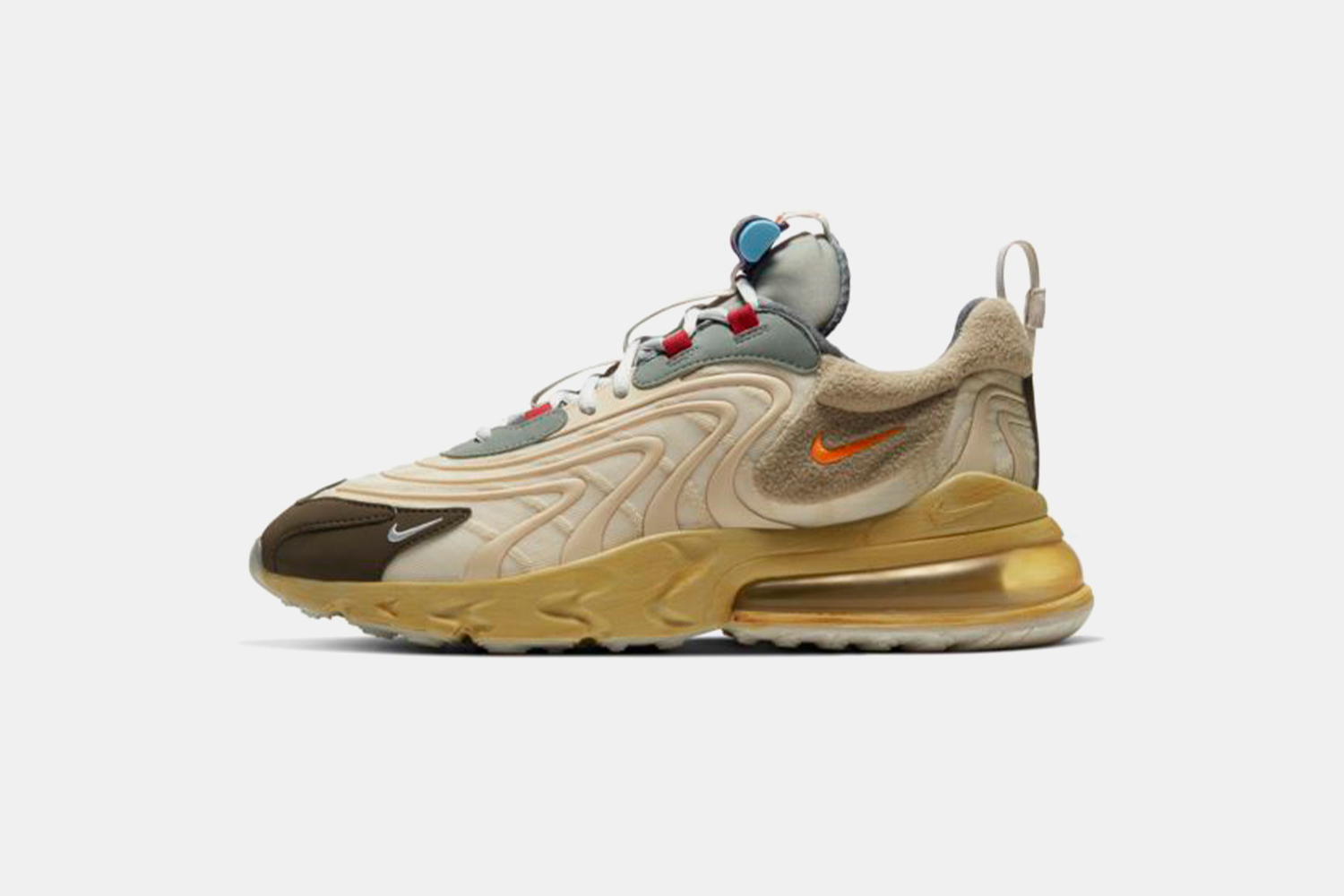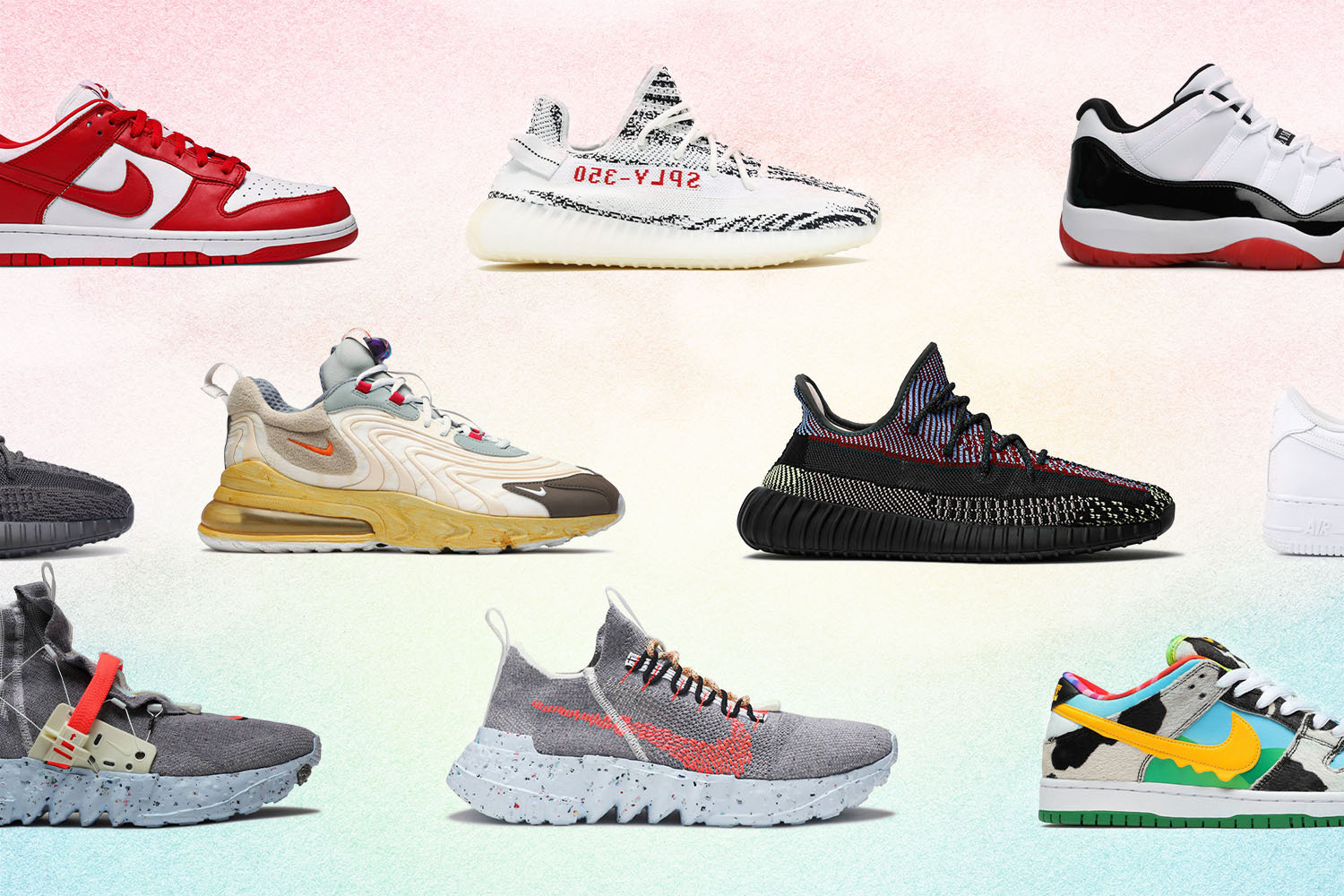As a kid in the South Side of Chicago in the 1980s, “sneakers were like our cars,” Yohance Joseph Lacour explains. This was back before the convenience of Google or eBay, so he and his friends would go to “really obscure hole-in-walls, back-alley stores, that had that one or two pairs of shoes that we knew about.”
“We set that standard back in the day, back then it was about exclusivity — you had to go through hell and high water to get those. Ours was getting on busses and trains … keeping it to yourself,” Lacour recalls. Now the challenge is waiting in line outside a store or doing research on the internet. Lacour doesn’t knock those methods of finding sneakers, though it’s obvious that he has a sense of nostalgia for the heyday of brick and mortar, when “discovering” a great pair of kicks was more of an art than an algorithmic science.
As Lacour points out, “We couldn’t have afforded the sneakers that are the craze of today when we were that age. One is a status symbol, and the other is showing that I got ‘em. I’m hot out there … I can put an outfit together that other people can’t … At the end of the day, our shoes were the centerpiece of our outfit.”
But designing sneakers wasn’t something that occurred as a possibility until after Lacour spent eight years in prison for drug-related charges. He started leather-working as a hobby while serving time, making handbags, accessories and even leather greeting cards. “My intention was to continue to do that when I got out,” Lacour says. He began googling leather and found Chicago School of Shoemaking & Leather Arts to “learn how to use a sewing machine” in 2017. He volunteered in exchange for credits and eventually took enough classes to be an instructor “to make some pocket money to make my bags and focus on my cards.”

“Shortly after I became an instructor, the school came across the opportunity to offer a sneaker-making class because of my background and love for sneakers, it was a no-brainer,” Lacour says. He began teaching the class and from there, started making his own designs.
“It almost organically fell in my lap; it wasn’t a plan at all. People started taking to the design when coming into the classes” and asking where they could get the sneakers, Lacour says. “The brand was born.”
Lacour originally launched in partnership with the Chicago School of Shoemaking under the name Motifs. While he has a great relationship with the school, he ended up going his own way. “I had long planned to launch a line, logo and vision under my name for a while,” he explains. “I realized I didn’t want to have focus on two places.” He eventually relaunched his own brand under the name Yohance Joseph Lacour in June of 2019 with financial help from the school.
“I employ a pretty unorthodox method of sneaker making,” Lacour explains. “My aesthetic with bags [is] luxury high-end and exotic skins, and so when it comes to sneaker making, I naturally gravitated to the same route, but I also take inspiration from the silhouettes from sneakers I grew up on.”
Lacour says that he and his friends growing up were sneaker purists. They were “just strictly athletic sneakers … For the most part, we idolized the style of basketball players, and I didn’t play basketball. [Michael] Jordan was all over my walls. I couldn’t afford them, but I wanted Jordans. I try to incorporate those elements when I’m designing.” But Lacour also notes that there is another sneaker crowd — the high-fashion crowd who like $1,200 sneakers by Balenciaga. “I’m trying to make a sneaker that will appeal to the purists but satisfy the designer sneaker [crowd],” he says.
Since his rebrand, Lacour has had some interesting commissions, both sneakers and bags. In 2019, he had the opportunity to create a backpack for collector Patric McCoy. The bag is shaped like a mask and is completely made from ostrich. “When he commissioned me to do it, he initially assumed that I’d make a pair of sneakers,” Lacour says, but there was another idea “tooling around my head.” Lacour had been “inspired by a mask part of his exhibiting collection … [so] I told him the idea I had, he wanted me to get artistic with it.” It was exhibited at Hyde Park Art Center’s “Not Just Another Pretty Face Exhibit” earlier this year.
Lacour has also exhibited his bags, accessories and shoes at Chicago’s One of a Kind Fair as well as pop-up shops around the city. However, like many people, coronavirus has put a damper on pop-ups and other brick-and-mortar opportunities. “It was a blessing to have enough work referred to other people, [and get] orders to stay busy and afloat,” he says.
Now Lacour is working on scaling up his business by finding a manufacturing partner for his collection while continuing to hand-make the custom orders. Depending on how the year goes, Lacour might have a pop-up show in his home later this year.
He also has a long-term plan to pay his success forward. He’s hoping that in three to five years that he’ll be able to provide training and jobs to formerly incarcerated people. Right now, he’s going to Cook County Jail through the McCormick Theological Seminary to talk to the inmates and give them inspiration and motivation — “ideas of the possibilities [like leatherworking].”
“Recidivism is so huge,” he says.
He’s also joined up with a fundraiser with the McCormick and Community Partners in Dialogue to raise funds for personal protective equipment for Cook County Jail.
Ultimately, Lacour wants to combine his art and activism because artists’ “voices are important especially in our time … but we have boots on the ground … that’s where I’d like my brand to be, the image, and how it’s received and respected.”
This article was featured in the InsideHook Chicago newsletter. Sign up now for more from the Windy City.













